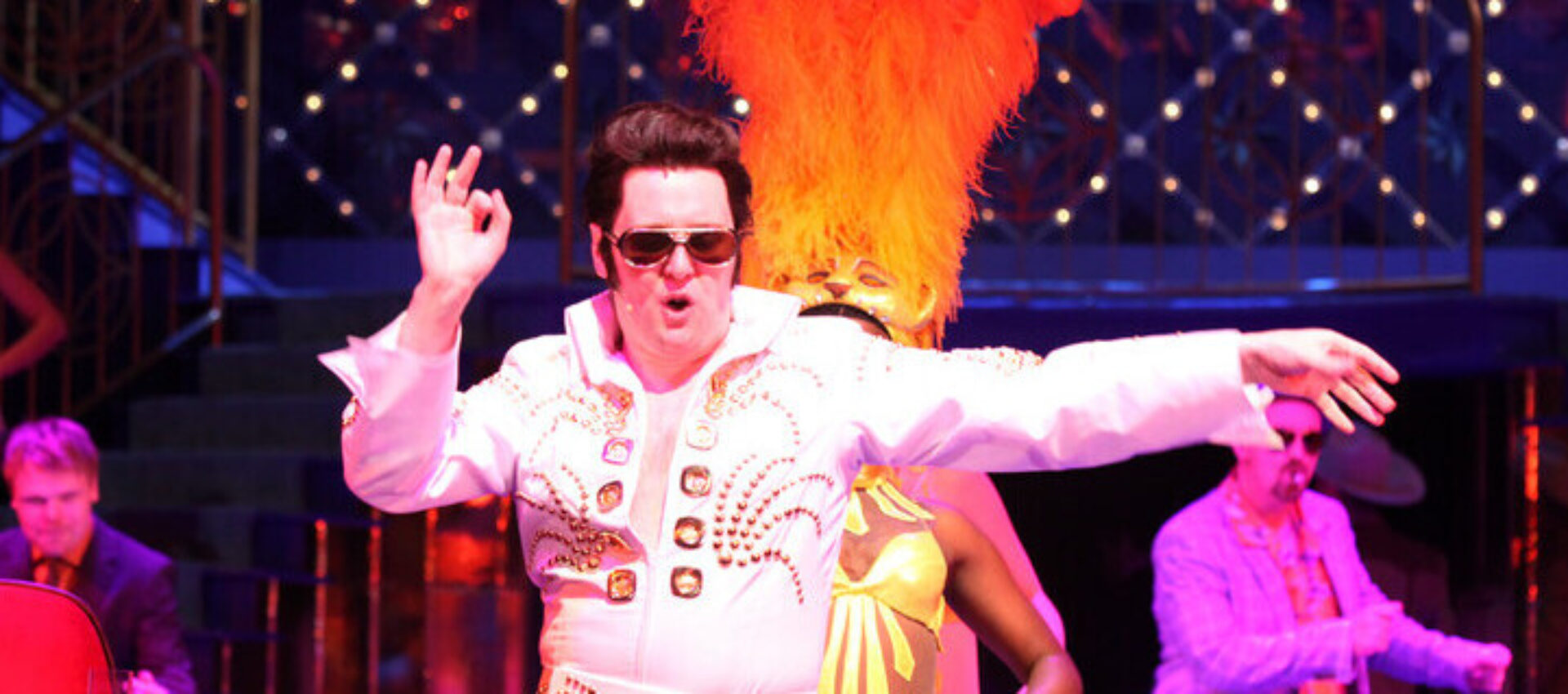The era of commercial jazz dancers performing in the cabaret nightclubs of Europe in the 1970s and 1980s has not been documented…
Al Meggs is a creative writing PhD student at the University of Brighton. His research, Re(-)collecting cabaret. A queer haunted autoethnography of real, researched and imagined stories of cabaret past and present, is a two-part creative practice thesis comprises a book and critical reflection on the process and methodology behind the novel. Here, Al discusses his background that is the basis for his research.
I trained in dance at the Arts Educational Schools, London, in the late 1970s, quickly discovering I did not want to be the ballet dancer I was expected to become, after being introduced to jazz dance. I was taught by, amongst others, Arlene Phillips, Ivor Meggido and Libby Rose. Libby asked me to join her group, Angst, in my second year and we performed in various London nightclubs, including Maunkberry’s, The Alley and Dingwalls. David Essex saw our show and asked us to be the support act for his 1980 UK tour, which meant leaving college before the end of my training. Soon after the tour finished, I was offered a three month contract working in the cabaret nightclubs of Italy. At the time, many dancers worked abroad, predominantly to add weeks to their Equity card. In the days of the closed-shop union, forty week’s recognised work was required in order to become a full member and audition for film, T.V., and West End theatre. There was also the lure of work security, a regular wage, and the chance to see the world. I saw this opportunity as a good way to add weeks to my provisional membership and experience a different style of choreography.
Those initial three months turned into five years, and I became assistant choreographer, dance captain and manager by the time I was twenty-three. I had found a style of dance that challenged conventional cabaret choreography, and was among the most difficult, technically and physically demanding, and consequently some of the most rewarding work I encountered in my career. The choreographer threw away the rule book of pretty, smiling ‘tits and feathers’ shows and replaced it with entertainment that focused on storytelling and an earthy style of American jazz dance.
When I returned to the UK, I worked in theatre, T.V., and film for many years. However, as with most dancers, the work began to dwindle as bodies and faces grew older and a new generation of dancers arrived. I remained in theatre, taking jobs backstage, building a CV that ranged from stage crew to production management, via wardrobe (dresser, assistant, supervisor), and assistant directing.
Eventually I left London and moved to Brighton, where I met Jess Moriarty, the Head of Creative Writing at the University of Brighton. I spoke of an idea bouncing around my mind, to write of my experiences living and working in Italy. I’d kept diaries, and remembered a lot of my life abroad, and I wanted to get the stories out of my head and onto paper before I forgot them. I had made cursory online searches to see who else had written about working in the cabaret nightclubs of Europe, and realised this was an undocumented era of dance history. It seemed that, regardless of the number of dancers who had left the UK, no one had acknowledged its existence. I was aware of an unwritten stigma among dancers accepting this style of work. Especially ‘tits and feathers’ shows. It was believed that cabaret dancers did little more than smile and parade, bikini clad, silver-shoed, with slightly worse-for-wear feathers strapped to their backs. Not the sort of work for a trained dancer to have to do.
My research into dancer recollections of the era intensified for my Creative Writing Master’s dissertation. I approached The Stage, Equity, Dancing Times, The National Resource Centre for Dance, and UNESCO’s International Dance Council, to inquire about existing records or archives. Responses were unanimously negative. The Stage replied that, even though the back pages of the paper had, for many years, carried adverts for jobs abroad on a weekly basis, no physical documentation had been kept. The National Resource Centre for Dance said it was an area of recent dance history they had not even considered and they did not think the area of research fitted in with their potential audiences.
Once I have finished my doctorate, I will begin the creation of an archive of oral histories and memorabilia. And find somewhere to house it! I conducted interviews with friends I worked with in Italy as part of the research for my thesis, and there are many more to do. Not just those I worked with (the choreographer had five companies so there are plenty more voices to come), but also the people who worked for other choreographers in other countries.
The era of commercial jazz dancers performing in the cabaret nightclubs of Europe in the 1970s and 1980s has not been documented. My story is a representation of a life among hundreds of disremembered dancer’s stories waiting to be told and archived – voices that need to be heard or will die, as we do.
For further information on Al’s PhD and writings:
https://research.brighton.ac.uk/en/persons/al-meggs.

Gallery
What connects our members’ collections? Here we put a spotlight on some of the curious themes that tie us together.
